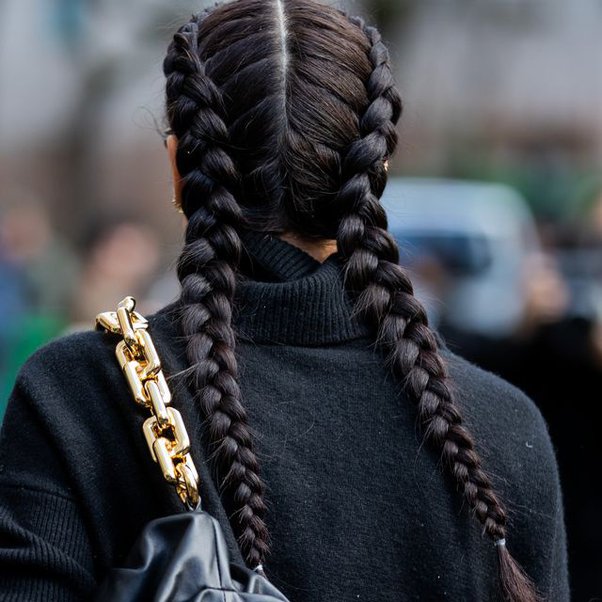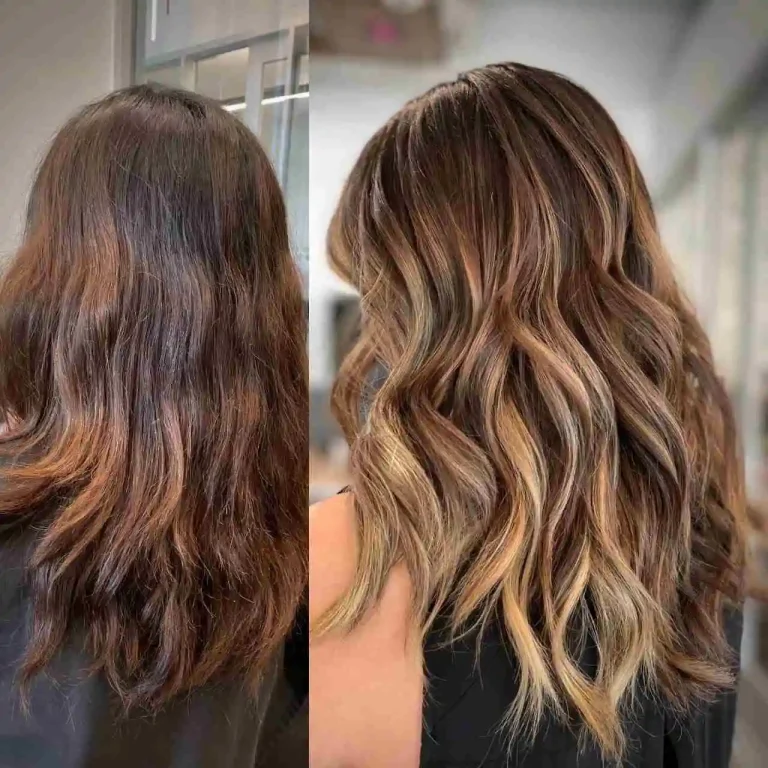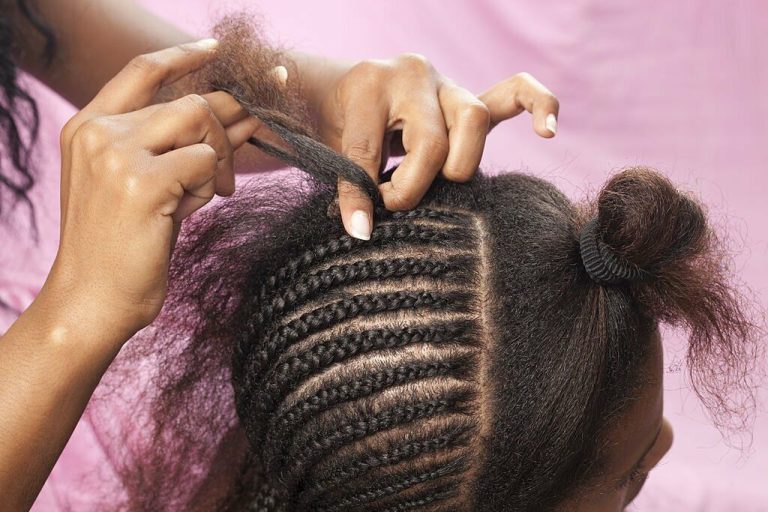Are Dutch braids culturally Appropriation?
Dutch braids have become a popular hairstyle in recent years. From music festivals to school playgrounds, these tightly plaited braids can be seen on people of all ages and ethnicities. However, some have questioned whether white people wearing Dutch braids constitute cultural appropriation.
In this blog post, I will explain the complex history of Dutch braids, examine arguments on both sides of this debate, and offer my perspective on whether this hairstyle should be considered cultural appropriation today.
A Brief History of Dutch Braids
Contents
First, some background on Dutch braids. Despite the name, these braids did not originate in the Netherlands. They have an ancient history stemming from North African and black cultures.
Women of color all over the world have worn similar tightly braided hairstyles for centuries, including box braids, sailors’ braids, and cornrow braids in Africa. The term “Dutch braid” itself likely comes from a misnaming of “Deutsche braids” by American soldiers who saw German women wearing braided hairstyles in the early 1900s.
So while the name Dutch braids is relatively modern, tight braiding practices date back ages and originated among black women and other women of color globally. African slaves brought these braiding techniques to America, where they hold great cultural significance.
Arguments That Dutch Braids Can Be Cultural Appropriation
Many argue that white people wearing Dutch, cornrow, or other tight braid styles constitute cultural appropriation because:
- These braids originate from black culture and hold unique meaning for African Americans due to their link to African heritage. When worn by white people, their significance becomes erased.
- Historically, African Americans wearing braided hairstyles faced discrimination and stereotyping; braids were seen as “ghetto” or unprofessional. But now, when white people adopt braids, they are seen as cool or edgy. This dynamic devalues black culture.
- Cornrow braids have deep roots tracing back to African tribal initiation rites and marital status indicators. Modern black Americans may wear them to express pride in their heritage today. So when others copy this, it trivializes something meaningful.
- In the workplace, schools, etc., black women and girls still face bans, criticism, or questions when wearing braided or natural black hairstyles. But relaxed standards often apply to others sporting similar looks, revealing troubling double standards.
So in summary, critics argue wearing Dutch braids exploits black culture and contains insensitive power dynamics in American society. Wearers of white Dutch braid cross the line when they disregard historical context and meaning.
Arguments Against Dutch Braids as Cultural Appropriation
Others, however, disagree that wearing Dutch braids by white people today is unambiguously cultural appropriation. Reasons include:
- Braiding hair is a widespread grooming practice across cultures, not something exclusive to one racial group. Tight braids give functionality similar to a ponytail; anyone should be able to use them for practical reasons.
- American culture involves blending diverse influences into new fusions. Preventing cross-cultural sharing of hairstyles seems contrary to cultural fusion traditions.
- Unlike religious symbols like a Native American headdress, hairstyles do not have the same deep spiritual meaning. So modern sharing is less problematic.
- When words like “appropriation” get thrown around too liberally, dialogue shuts down instead of encouraging learning. Focusing excessively on policing hairstyles seems unproductive.
- If hair-based discrimination still occurs today, the solution is to address prejudicial policies and attitudes, not tell people what hairstyles they can not wear.
In summary, critics of cultural appropriation arguments say hair is just hair. Dutch and other braids are practical styles that any wearer should have the freedom to use without racial constraints or gatekeeping.

Dutch Braids Can Be Problematic But Are not Clear-Cut Appropriation
In my opinion, this debate involves grappling with complex racial and cultural dynamics still at play in American society. I do not think the answer is as definitive as either side might argue.
There is understandable sensitivity given the loaded history of tightly-braided black hairstyles. Ignorantly adopting looks with deep cultural meaning without sensitivity to their roots can get dicey fast. However, braiding techniques have also diffused across cultures over time, making lines blurrier.
I believe seeing Dutch braids as obvious cultural appropriation, off-limits to white wearers, oversimplifies the complex dynamics at play. With awareness and sensitivity to origins absent, problematically insensitive power dynamics can indeed occur, where prejudice continues against African American braid wearers today while white Dutch braiders face no such barriers. However, with a conscious understanding of origins and meaning, inter-cultural diffusion of hairstyles need not automatically be labeled as appropriative exploitation.
In other words, context matters greatly. Knee-jerk reactions often oversimplify, while true intercultural understanding requires nuance.
Rather than definite yes-or-no answers about Dutch braids’ permissibility today, I think the healthier approach is to embrace perspective-taking. White Dutch braiders should inform themselves of origins absent from the name itself, harbor no ignorance about the discrimination Black women have faced over tight braids, and credit inspiration drawn from African American culture.
At the same time, gatekeepers in activist circles would do well to understand continuities in how hair traditions diffuse cross-culturally and pick battles carefully to avoid alienating potential allies.
Issues with cultural blending like these that the Dutch braid controversy today has raised do not have simple, universal solutions. But if all parties focus less on finger-wagging judgment and more on informed understanding, some of the tensions around this topic can shift to a more constructive dialogue and lead to greater unity.
The Bottom Line
So, when white Americans adopt Dutch braids, is that cultural appropriation?
The short answer is that it is complicated! Tracing history reveals valid concerns about cultural sensitivity and power differentials that persist when styles like Dutch braids get shared across racial lines today. However, the diffusion of hair techniques through time also reflects undeniable cross-cultural sharing tendencies that avoid easy right-or-wrong labels.
Rather than seeking definitive rulings, a wiser approach involves pursuing deeper understanding, questioning assumptions, and focusing less on judging others’ hairstyles and more on addressing double standards that persist around professional appearance standards. The discussion raises critical complexities around race in America but defies overly simplistic verdicts. And if all parties can embrace added nuance and perspective-taking, some reconciliation around the tensions raised is achievable.
The debate offers much for thoughtful people of all ethnicities to ponder and learn from if they steer toward greater unity over divisiveness.

Founded by Sophia Rodriguez, IGXO Cosmetics is a PETA-certified, cruelty-free, and vegan makeup brand.





